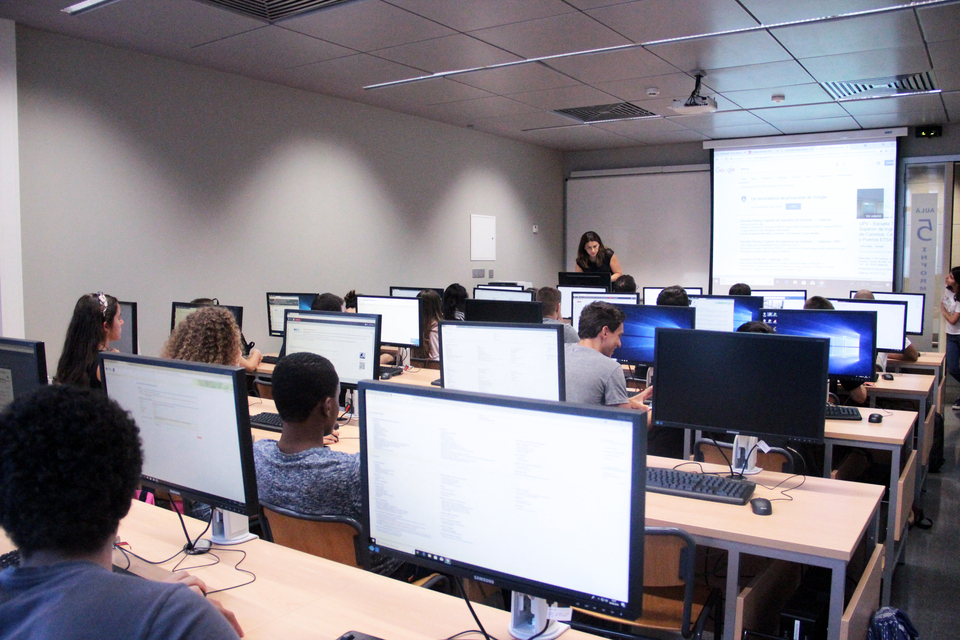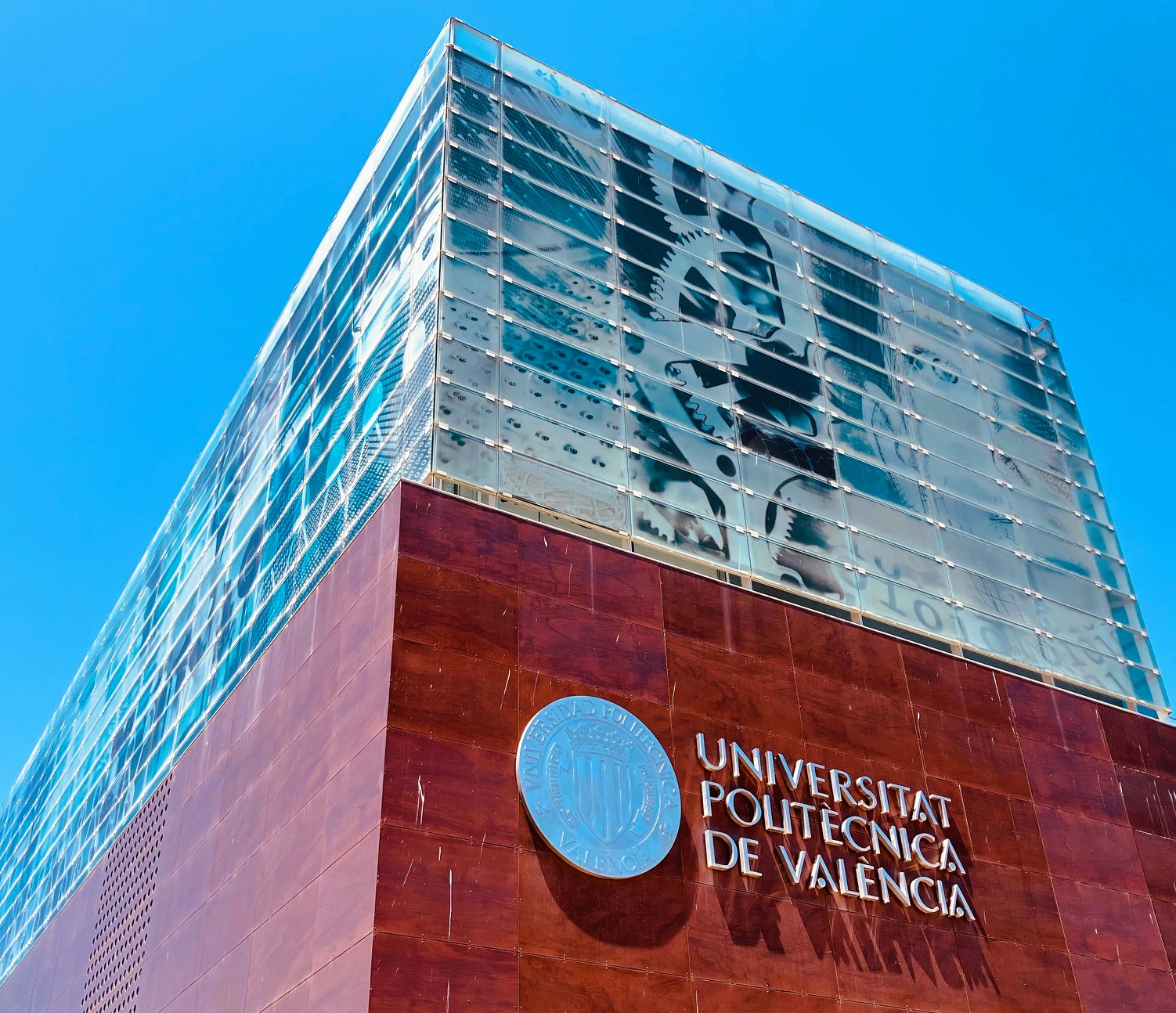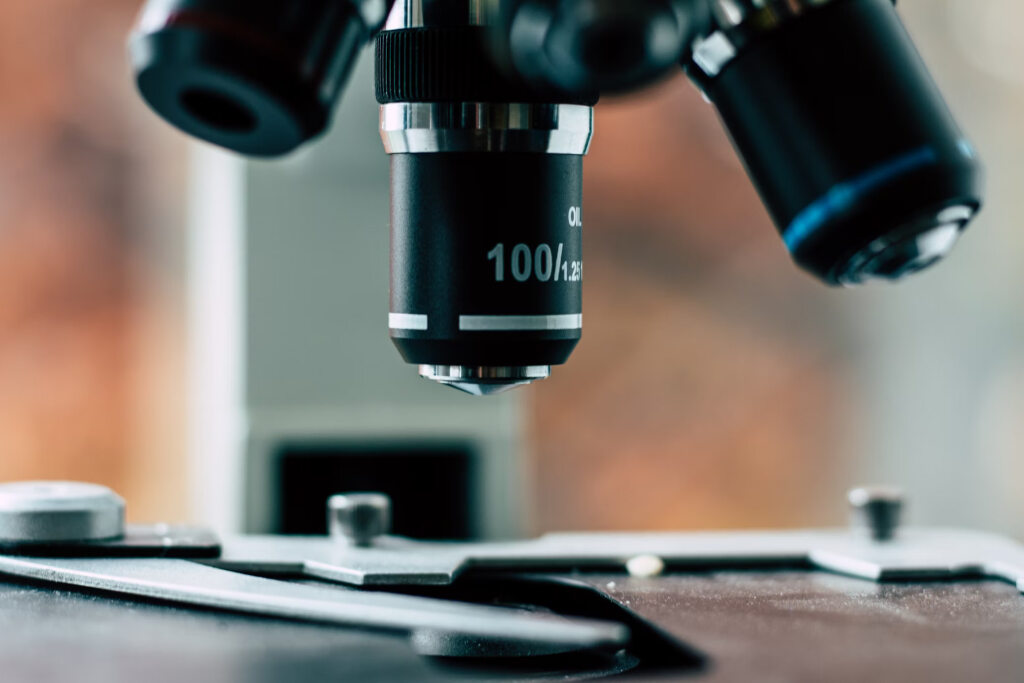Publicación
A mathematical model with uncertainty quantification for allelopathy with applications to real-world data
(Springer-Verlag, 2024-04) Bevia-Escrig, Vicente-José; Cortés López, Juan Carlos; Moscardó-García, Ana; Perez Diukina, Cristina; Villanueva Micó, Rafael Jacinto; Departamento de Matemática Aplicada; Facultad de Administración y Dirección de Empresas; Instituto Universitario de Matemática Multidisciplinar; Escuela Técnica Superior de Ingeniería de Telecomunicación; Ministerio de Universidades; AGENCIA ESTATAL DE INVESTIGACION; Universitat Politècnica de València
[EN] We revisit a deterministic model for studying the dynamics of allelopathy. The model
is formulated in terms of a non-homogeneous linear system of diferential equations
whose forcing or source term is a piecewise constant function (square wave). To
account for the inherent uncertainties present in this natural phenomenon, we
reformulate the model as a system of random diferential equations where all model
parameters and the initial condition are assumed to be random variables, while the
forcing term is a stochastic process. Taking extensive advantage of the so-called
Random Variable Transformation (RVT) method, we obtain the solution of the
randomized model by providing explicit expressions of the frst probability density
function of the solution under very general assumptions on the model data. We
also determine the joint probability density function of the non-trivial equilibrium
point, which is a random vector. If the source term is a time-dependent stochastic
process, the RVT method might not be applicable since no explicit solution of the
model is available. We then show an alternative approach to overcome this drawback
by applying the Liouville¿Gibbs partial diferential equation. All the theoretical
fndings are illustrated through several examples, including the application of the
randomized model to real-world data on alkaloid contents from leaching thornapple
seed.
Publicación
Study of the filtration efficiency of radon progeny in facial masks
(Elsevier, 2024-10) Martínez Ferri, Javier Enrique; Juste Vidal, Belen Jeanne; Verdú Martín, Gumersindo Jesús; Departamento de Matemática Aplicada; Instituto Universitario de Seguridad Industrial, Radiofísica y Medioambiental; Escuela Técnica Superior de Ingeniería de Telecomunicación; Departamento de Ingeniería Química y Nuclear; Escuela Técnica Superior de Ingeniería Industrial; Universitat Politècnica de València
[EN] Radon exposure is the second-leading environmental cause of lung cancer, therefore finding ways to reduce the radon inhalation dose is a priority objective. Inhalation dose is calculated considering two contributions, the radon gas on the one hand and its progeny on the other. This paper studies the effectiveness of face masks (surgical masks, FFP2 and FFP3) to reduce the contribution of radon descendants that pass into the respiratory tract and thus reduce associated inhalation doses. To analyze the radon filtering potential of these masks, a continuous radon monitor has been used to estimate the radon concentration and the Potential Alpha Energy Concentration with and without facial masks. The data registered by this monitor, together with an error minimization algorithm developed in Matlab®, allow the Equilibrium Equivalent Concentration to be calculated. These results make it possible to compare the inhalation doses received by a person not wearing or wearing different types of masks, obtaining a dose reduction of 64% for surgical masks compared to the study without mask, a reduction of 71% for FFP2 and 72% for FFP3 masks.














